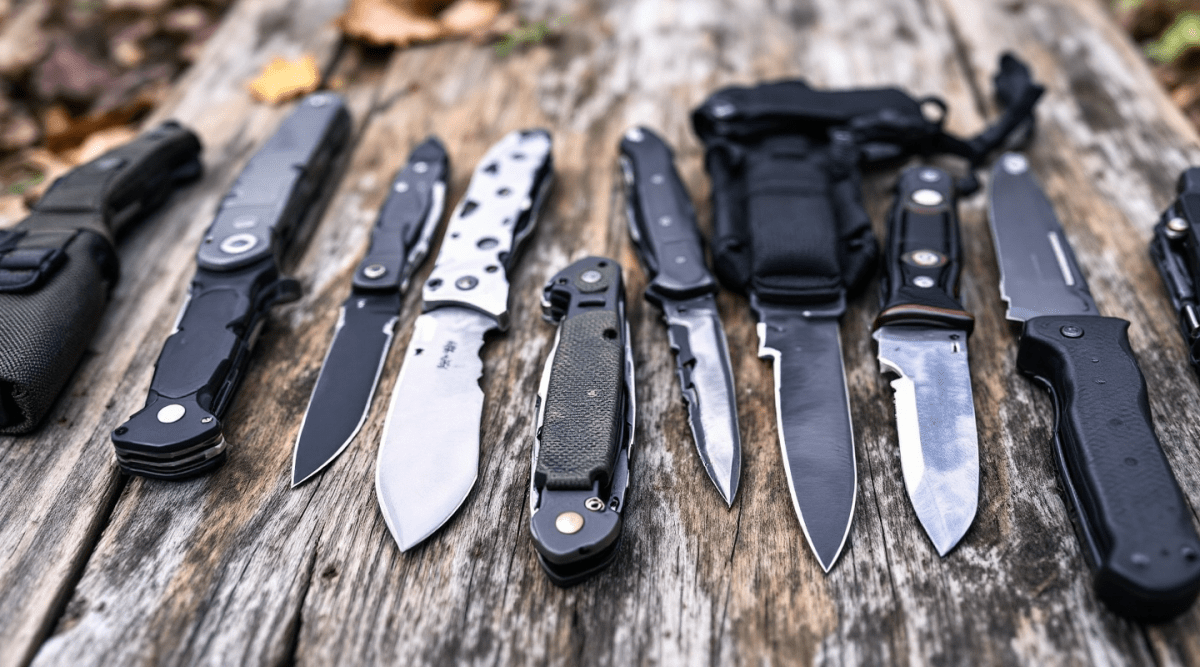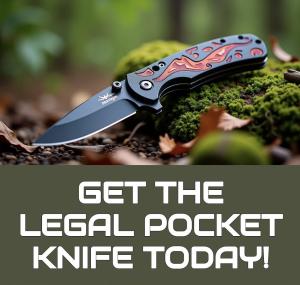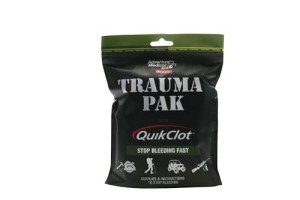When it comes to choosing an outdoor knife, understanding what you need is half the battle. Think about how you plan to use it. Are you going on camping trips, or do you need it for fishing or hunting? Each activity has its own set of requirements that can help narrow down your options.
The size of the knife can make a huge difference. A compact folding knife is great for everyday carry and can fit snugly in your pocket. On the other hand, if you're tackling bigger tasks like skinning game or chopping wood, a fixed blade knife with a longer, sturdier blade is the way to go. Ask yourself, will it fit comfortably in your hand for extended use?
Another important factor is the type of blade. Some outdoor knives have a straight edge, which is excellent for slicing. Others have a serrated edge that can handle tougher materials. Check what kind of tasks you’ll be doing, and choose a blade that matches those needs. And don’t forget about the material! Stainless steel offers great corrosion resistance, while carbon steel can hold a sharper edge longer.
Finally, consider the handle. A good grip can make all the difference, especially when you’re out in the elements. Look for handles made from materials like rubber or textured polymers that provide a solid grip even when wet. Comfort and control are key to using your outdoor knife effectively, so hold a few options to see which feels best in your hand.
Key Features to Look For
When it comes to finding the perfect outdoor knife, there are a few key features that can really make a difference in how well it performs for your needs. Here’s what to keep an eye out for:
- Blade Material: Look for high-quality stainless steel or carbon steel. Stainless steel is rust-resistant, which is great for wet conditions, while carbon steel can be sharper and easier to sharpen.
- Blade Shape: The shape can affect how you use the knife. Drop-point blades are versatile and good for general tasks, while tanto blades are tougher for piercing through tougher materials. Think about what you'll be doing with it!
- Handle Comfort: Don't overlook the handle. It should feel good in your hand. Look for ergonomic designs, textured grips, and materials like rubber or G10 that provide a secure hold, even when wet.
- Size and Weight: Consider how portable you need your outdoor knife to be. A smaller, lighter knife is easier to carry on hikes, while a larger knife might be better for heavy-duty tasks.
- Sheath Quality: A good sheath protects the blade and makes it easy to carry. Check that it's durable and fits the knife snugly. Some also come with belt loops or clips for added convenience.
By focusing on these features, you'll be well on your way to finding an outdoor knife that fits your adventures perfectly!
Versatile Legal Pocket Knife with Serrated Blade
Perfect for everyday carry and outdoor adventures, this knife blends practicality with safety
Product information
$9.99
Product Review Score
4.12 out of 5 stars
128 reviewsProduct links
Types of Outdoor Knives Explained
When it comes to outdoor knives, there are several types, each designed for different tasks. Understanding these can help you pick the right one for your adventures. Let's break down a few popular options!
1. Fixed Blade Knives: These knives are solid and dependable, with a blade that doesn’t fold. Great for heavy-duty tasks like chopping wood, preparing food, skinning an animal, or even self-defense. They tend to be more durable, which is perfect for tough environments.
2. Folding Knives: If you’re looking for something compact, folding knives are your go-to. Easy to carry and store, they’re handy for everyday tasks like opening packages or cutting rope. Just make sure the locking mechanism is secure for safety!
3. Multi-Tools: These are like a Swiss Army knife on steroids! A multi-tool typically includes various tools, including blades, screwdrivers, and can openers. They’re super convenient for camping trips or hiking when you need different tools and want to keep your pack light.
4. Survival Knives: Designed for emergency situations, these knives often include features like a serrated edge or a built-in fire starter. They’re essential for anyone heading into the wilderness where survival skills may be put to the test. Look for one with a strong grip and durable materials.
Tips for Using Your Outdoor Knife
Using your outdoor knife effectively can make all the difference while you're out in nature. Here are some handy tips to get the most out of your trusty tool.
1. Keep It Sharp: A sharp blade is essential for safe and effective cutting. Regularly hone your outdoor knife to maintain its edge. You don't need a fancy sharpener; a simple whetstone or honing rod will do the trick. Just a few strokes can restore that sharpness.
2. Grip It Right: Make sure you're holding your outdoor knife properly. Use a firm grip and keep your fingers away from the blade. If you’re doing more intricate work, like whittling, try a pinch grip, holding the knife close to the blade for better control.
3. Practice Safe Cutting: Always cut away from your body and keep your focus on what you’re doing. If you’re chopping or slicing, ensure your work surface is stable to prevent slips. Safety should always come first! You don't want to turn your adventure into a nightmare by not being cautious. Should anything happen, though, be ready with a proper medical kit.
Compact Trauma First Aid Kit with QuikClot
Be prepared for any adventure with this all-in-one first aid kit that ensures you've got the essentials for quick response to injuries
Product information
$29.49
Product Review Score
4.69 out of 5 stars
135 reviewsProduct links
4. Clean and Store Wisely: After using your outdoor knife, give it a quick clean to remove dirt or sap. This will help keep it in top shape for your next adventure. Store it in a protective sheath or pouch to prevent damage (and keep your fingers safe). A little care goes a long way!




